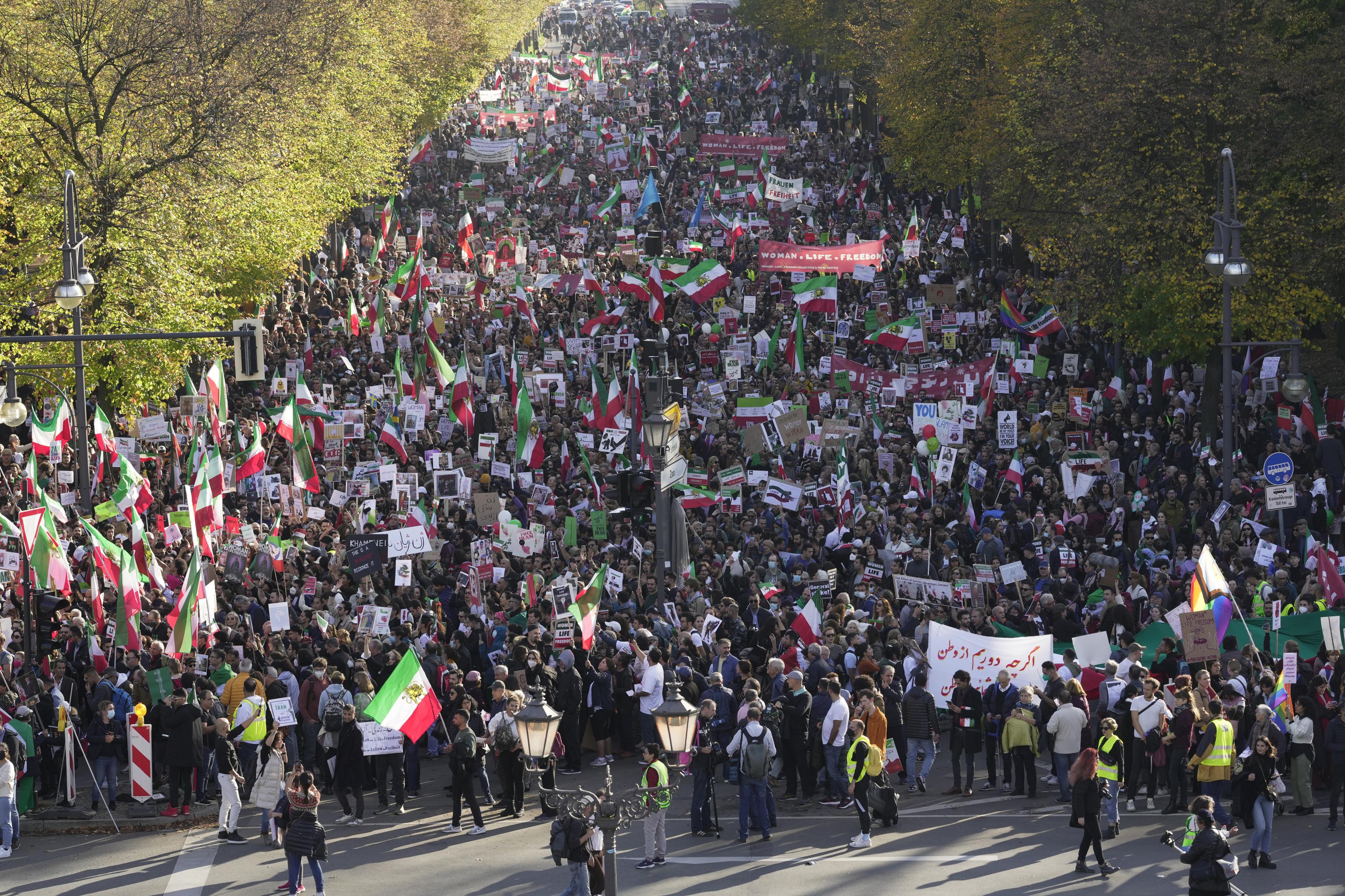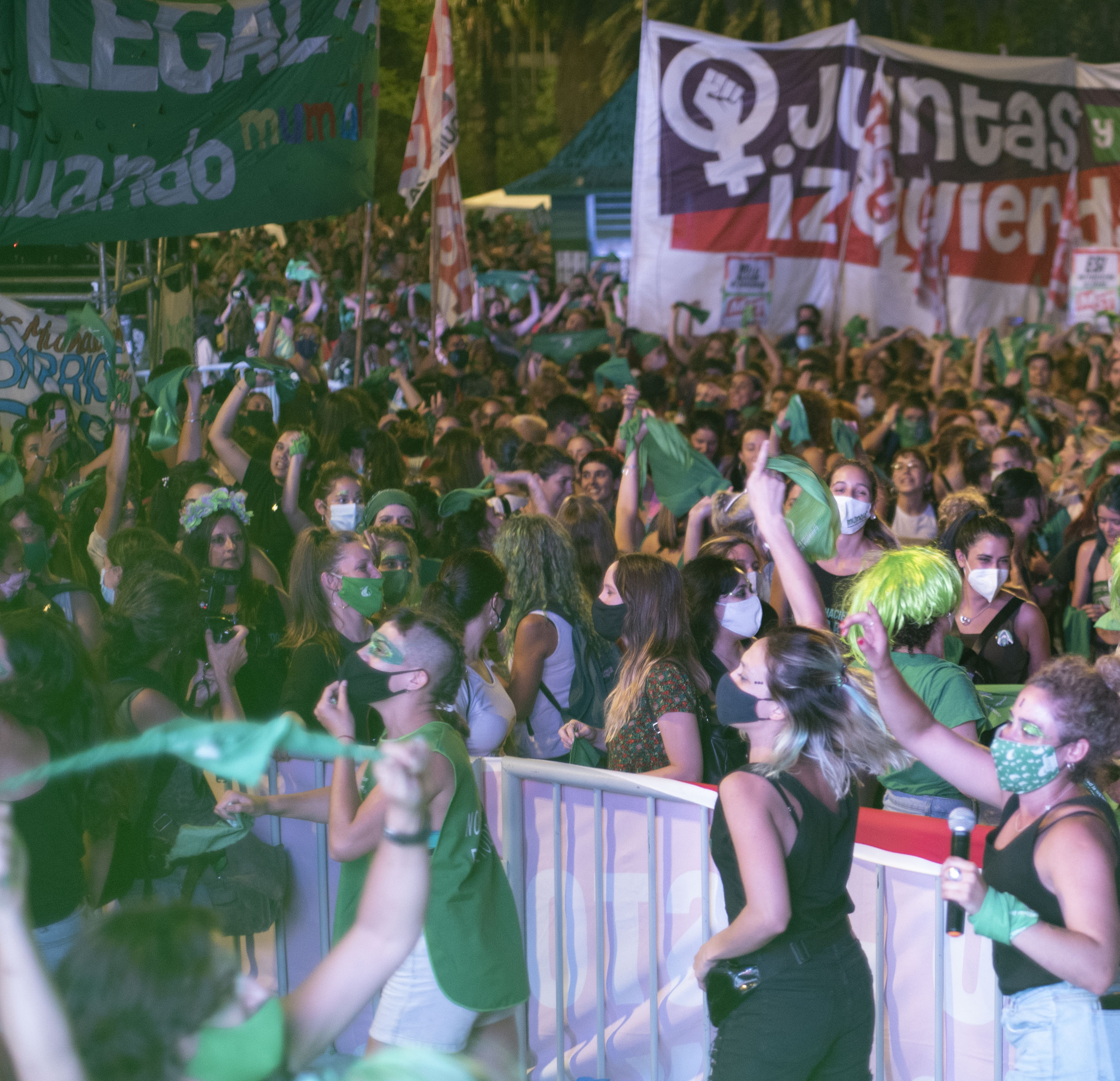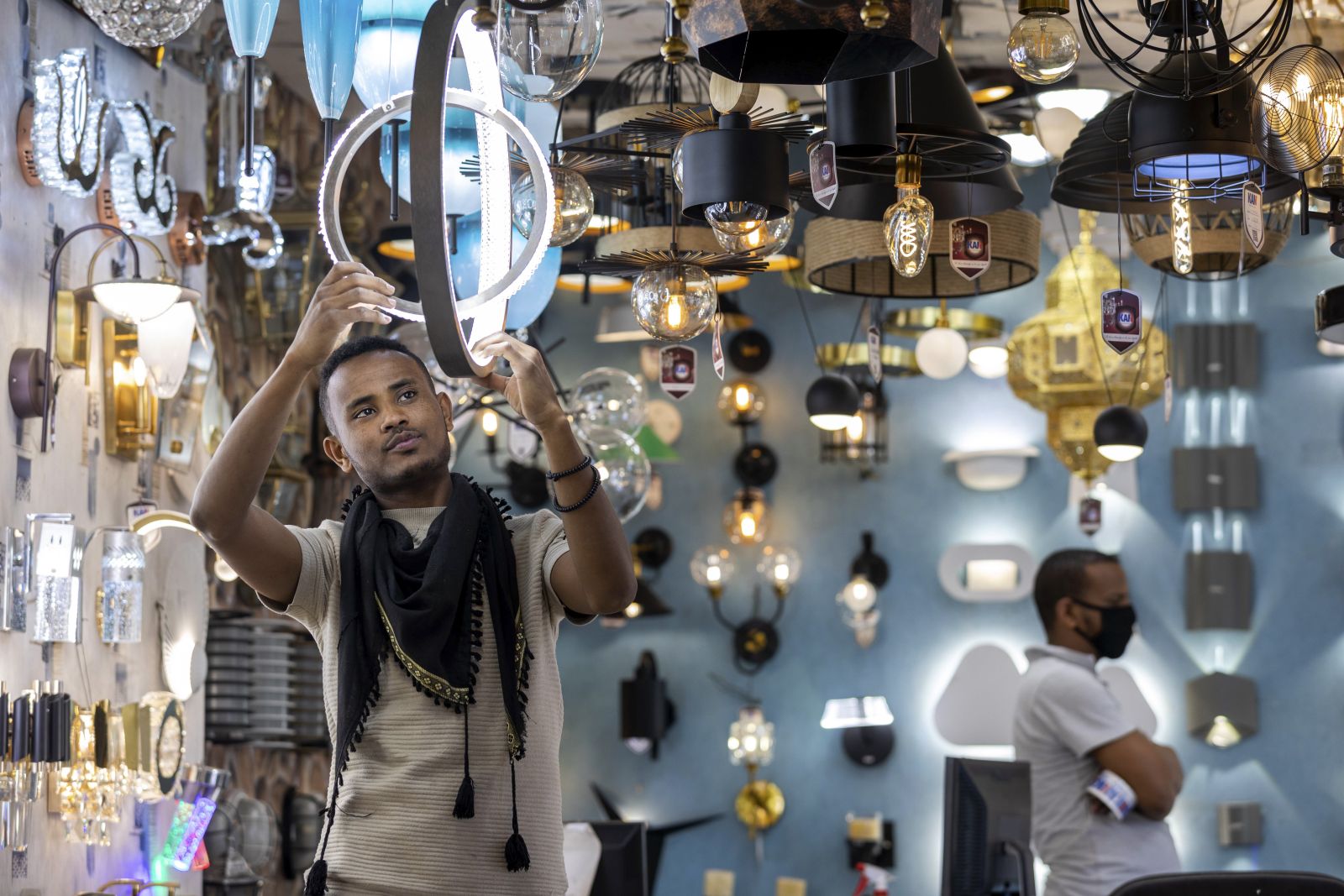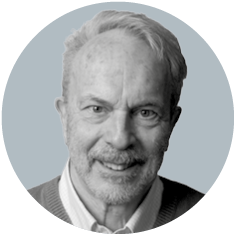Women's rights
Determined youth stand up to Iran’s autocratic regime
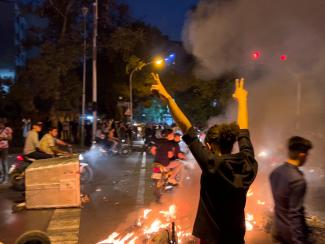
On 13th September 2022, a young woman collapsed in a Tehran police station. Four days later, her father performed a traditional Kurdish dance of mourning on her grave. While authorities were swift to declare that Mahsa Amini’s death was caused by a pre-existing medical condition, rumours spread she had been beaten in police custody after being arrested for wearing her hijab loosely. People believe her death was caused by police brutality. A video showing women taking off and waving their headscarves at her funeral went viral. Protests erupted across the country.
Of Iran’s 85 million people, half are under the age of 30. They have grown up with the internet and smartphones. Many of them are well educated. This generation wants political freedom and economic opportunities, and is not interested in serving a religiously dogmatic government that does not share their ideals and values.
Young women in particular are fed up. They are tired of the strict dress code and want freedom in all spheres of life. Their situation is often absurd. More than half of Iran’s university students are female, but while women do work in various professions as teachers, doctors or lawyers, they only very rarely reach positions of leadership.
A history of protests
Iran has seen major protests time and again. In 1979, a popular uprising toppled Shah Reza Pahlavi and ushered in the Islamic Republic.
In 1999, students protested after a newspaper supported by the reformist then-president Mohammad Khatami was forced to close. The protests were smothered within a week.
Ten years later, protests erupted after a "landslide victory" was declared for the conservative establishment’s incumbent president Mahmoud Ahmadinejad in the 2009 election. In Tehran, the capital, more than a million people took to the streets. Protests spread to other large cities, and the message quickly changed from a call for fair elections to an end of the Islamic Republic. Indeed, the chant of the 1979 revolution, which brought the Shia Islamists to power, was heard again: “Death to the dictator”. Brutal repression by the regime’s security, however, ended the protests.
In late 2017, there was yet another protest movement. It was sparked by a deteriorating economy. Reform-oriented President Hassan Rouhani had to cut the budget of welfare programmes. Soon people were calling for an end of the political system. The security forces cracked down – as they did again in late 2019, when people took to the streets in opposition to a hefty increase in gasoline prices. The demand for fundamental change arose, however, was violently silenced once again.
Determined to fight to see the regime fall
The young people fighting for their freedom now are determined to see the regime fall. They have learned from their parents that voting for reformists candidates will not bring them any closer to the lives they desire and deserve. It is true that past protests were suppressed with brutal violence under reformist as well as conservative presidents. The reason is that the elected president holds a prominent and influential position, but the actual power centre lies with the unelected Rahbar (supreme leader) of the Islamic Republic. Ali Khamenei, holding this position since the death of the first Rahbar, Ruhollah Khomeini, in 1989, is the person in charge.
Khamenei effectively rules the country relying not only on the constitution, which makes him the commander in chief of the military and paramilitary organisations, but also benefiting from customary law and informal networks which make his grip on power very strong. People connected to him control - and profit - from the exploitation of Iran’s natural resources.
The young generation rose up against the regime when Amini – a person of their age – died in police custody. They have been joined by their parents. And their grandparents. Protests of oil workers have recently been reported too.
Puzzled western governments
The situation leaves western governments puzzled. They hesitate to support the protests for fear of compromising their efforts to revive the Joint Comprehensive Plan of Action (JCPOA). The treaty put Iran’s nuclear programme under tight limits and surveillance to prevent the country from acquiring nuclear weapons but ceased to be effective when Donald Trump, then US president, announced his countries withdrawal from the agreement in 2018 and reinstated sanctions that had been lifted as part of the treaty.
In Iran, citizens’ hopes for a better economic life after the implementation of the JCPOA were shattered when Iran’s economy continued to deteriorate despite the careful lifting of sanction under the treaty. Their hope for a gradual improvement of their social and political freedom by electing reformist governments were deceived and finally inhibited altogether when the conservative establishment removed all reformist candidates from the 2021 presidential elections’ ballots. Protests are the last card in their hand and they are more determined than ever to play it.
At this point in time in mid-October, it is impossible to tell whether the protests will finally topple the regime or whether this will just have been another round of the cycle of protest, violent crackdown and graveyard peace. However, despite reports that more than 2000 people have been imprisoned and about 200 were killed, protests have been going on for four weeks now. So far, the crackdown has had no visible impact on the intensity of the protests.
For an update on the latest developments as of the end of October, see box.
Shora Azarnoush is a journalist and lives in Bonn.
shora.azarnoush@gmail.com
